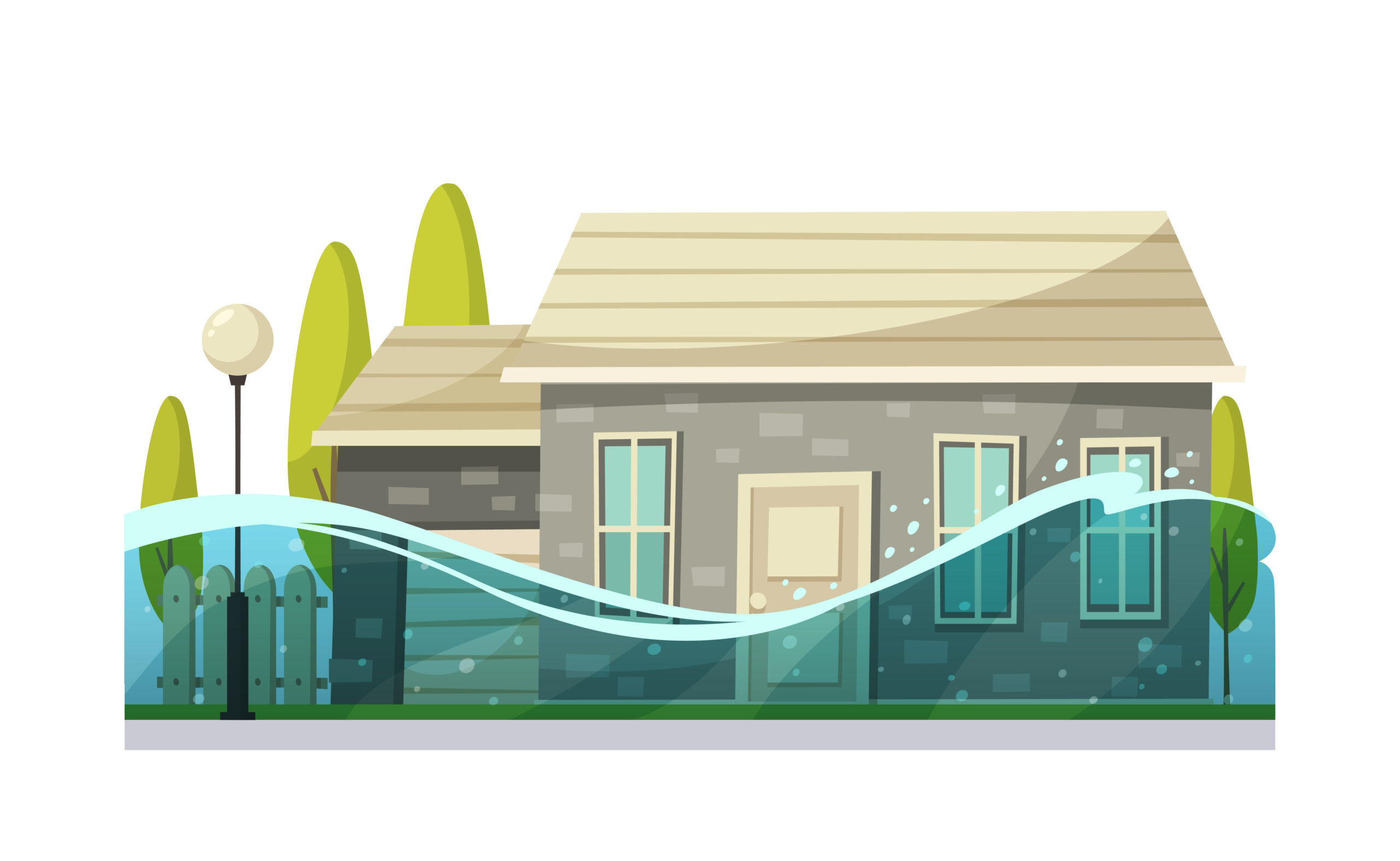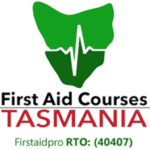Patient handling is the top cause of injury among care workers, especially in the medical field. Nurses and care workers who move people are at significant risk of sprains and strain injuries. Controlling the risks is the key to safer patient handling.
What is Safe Patient Handling?
Safe patient handling refers to the use of mechanical or manual equipment to lift, move, and bring patients. This practice helps all nurses and care providers reduce their risk of musculoskeletal disorders by replacing manual handling with much safer methods. It also maximises the safety and comfort of the patient during the handling process.
If you are responsible for lifting and transferring patients, there are techniques you can do to lessen your risk of injury. Do the following safety tips for safer patient handling at work.
-
Think before you lift
Plan the lift before actually doing it. Carefully plan where they should be placed and equipment you could use that could help with the lift. Remove obstructions on the walkway such as discarded materials, broken equipment, and more.
-
Proper body lifting positions
If possible, keep the patient’s load close to the waist while lifting to reduce the amount of pressure on the back.
Keep the heaviest of the load on your side. But if the close approach of the load is not applicable in the situation, try to slide it towards the body before lifting it. Both feet should be apart, with one leg slightly forward. This is to maintain balance while lifting the patient.
Be prepared to move your feet during the lift or transfer to maintain a steady and stable posture. Do not bend your back when lifting and move as swiftly as possible.
-
Wear Appropriate Clothing
Appropriate clothing is necessary when carrying out any form of manual handling, especially when transferring patients. Wearing tight clothing and unsuitable footwear, such as high heels and flip-flops, may make this task difficult.
-
Use of Equipment
There is equipment easily accessible in the workplace that can help you move and lift patients. These range from small assistive aids for mobile patients (gait belts) to larger equipment for lifting and moving immobile patients. The best equipment for you will depend on the tasks you are doing and what is available at work.
The use of mechanical lifting devices will certainly help to reduce workers’ injuries.
-
Know your limits
Do not lift or handle patients more than you can handle. There is a huge difference between what you can lift and what you can SAFELY lift. If you are in doubt, seek advice from your supervisor or get help.
Stay safe
Despite the existence of guidelines and policies to protect nurses and care workers, there are still high injury rates due to poor manual handling. These may be due to inadequate funding, monitoring, and lack of effective safe manual handling for your workers.
To prevent injuries, be sure to advocate for yourself and follow national and organisation guidelines to the extent you can. Do not let others pressure you into doing any form of lifting or moving that you feel is unsafe.
Want to learn more about Health & Safety?
If you’d like to stay up-to-date with health and safety best practices in patient handling, we recommend taking a Manual Handling Course.
We included all complex topics surrounding safe handling to help you navigate compliance in most Australian workplaces. The goal of the course is to eliminate all risks relating to moving, lifting, and handling patients as possible.
If you have any questions or concerns about the compliance or the manual handling course itself, please get in touch.
We are happy to help!








